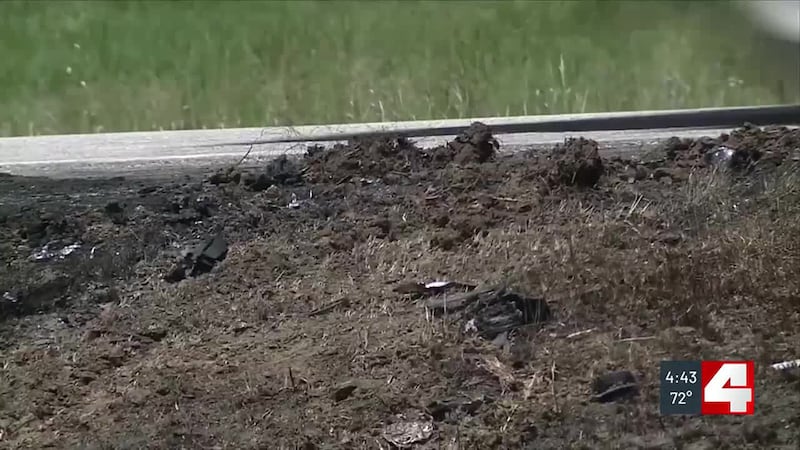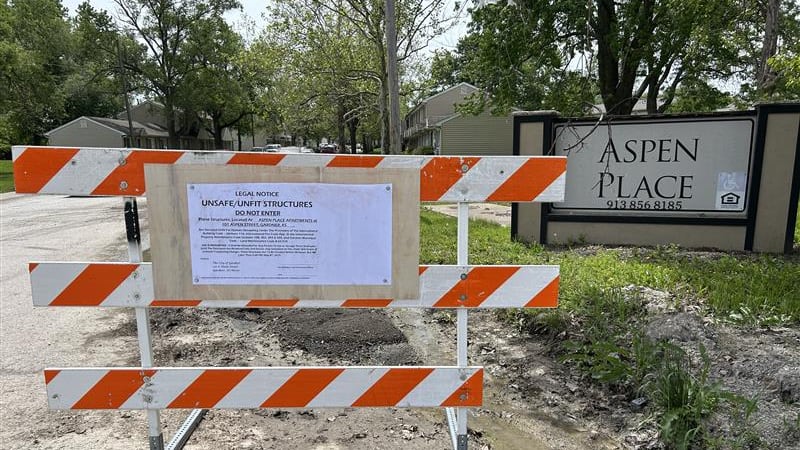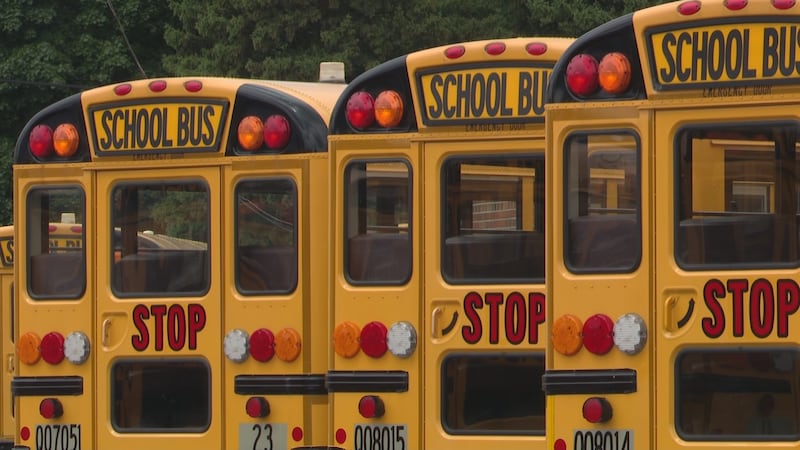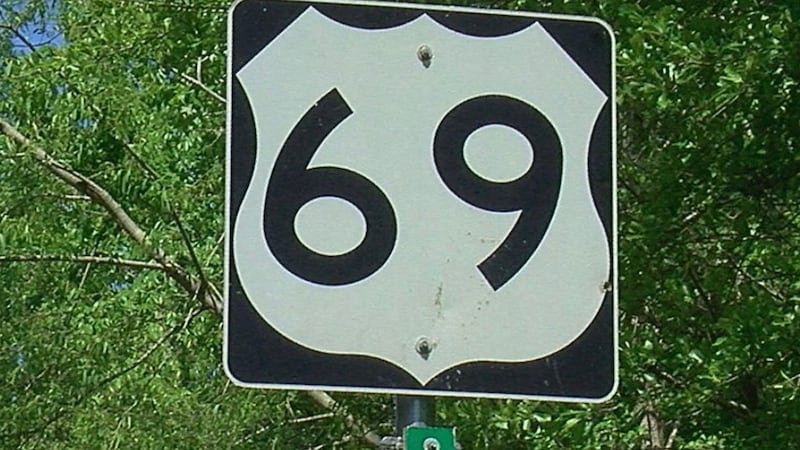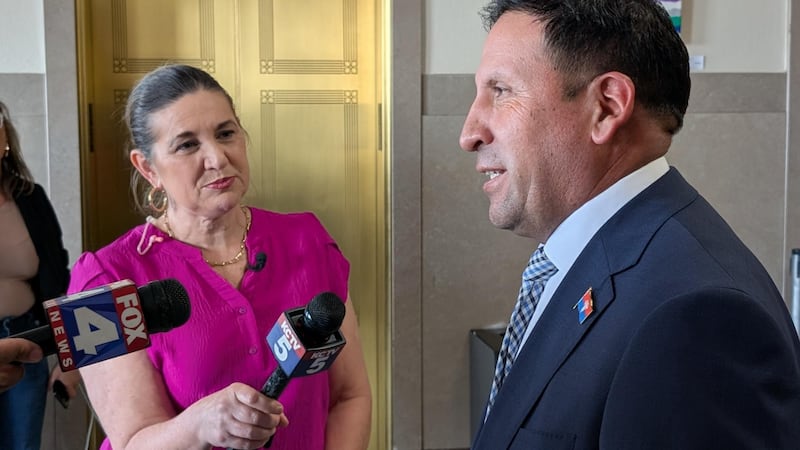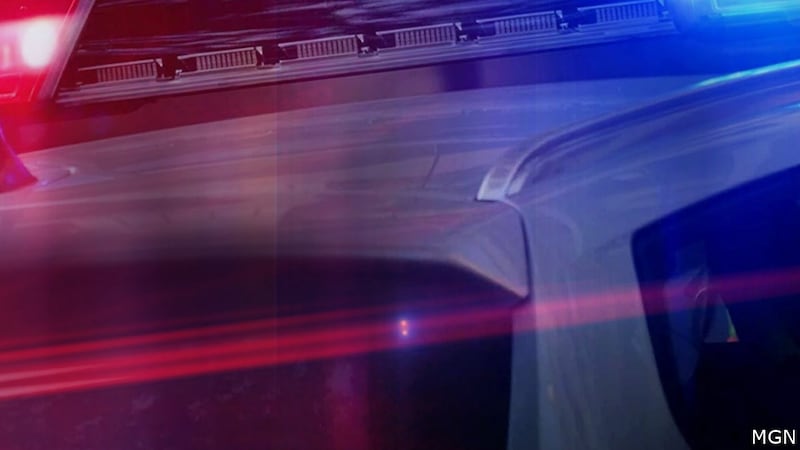What you need to know about defaulted student loans after Education Department’s collections notice
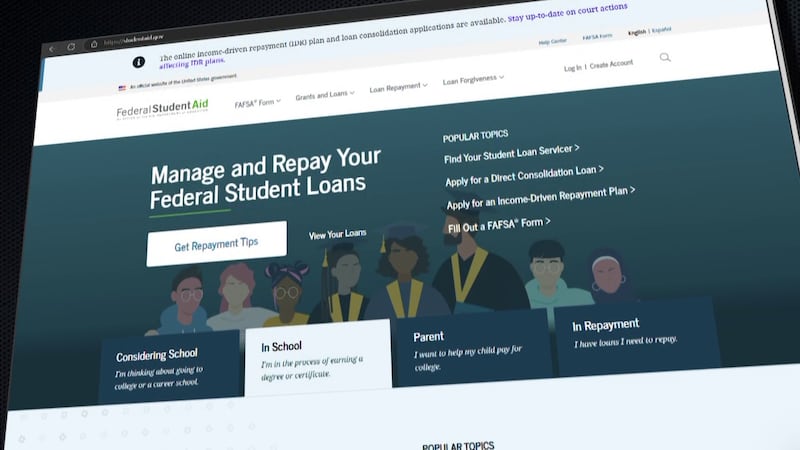
(InvestigateTV)- The Trump Administration and the Department of Education recently announced that student loans in default will be sent to collections.
In a press release issued April 25, the Department of Education announced that its Office of Federal Student Aid (FSA) will resume collections of its defaulted federal student loan portfolio on Monday, May 5.
The Department has not collected on defaulted loans since March 2020.
Mike Pierce is the Executive Director for the Student Borrower Protection Center, a nonprofit that fights for people with student debt. InvestigateTV spoke with Pierce about concerns borrowers have related to wage garnishment.
“When I say default, that’s a borrower who missed somewhere between nine months and a year of monthly payments, and received notice from the government,” Pierce says.
“Those 5 million people, they were all paused for the past five years. They’re now potentially going to get their wages garnished or their benefits seized.”
Pierce says if you get a bill every month from a student loan company for a specific amount, then you are not yet in default on a loan, but you could be.
“And we just saw some research come out from the Federal Reserve Bank of New York just a week and half ago that says that there are millions of people on the path to going into defaults and that we may see as many as another 5 million people defaulting alone by the fall,” Pierce adds.
Getting in contact with loan services has not been quick or easy.
Borrowers have experienced extremely long wait times, getting in touch with a loan servicer. Pierce urges the public to continue reaching out.
“Running away from your debt is never going to fix these problems, and the government’s very good at getting its money. So, the best thing you could do is make sure that those bills are accurate and that you’re only paying back what you owe. But we do hear from borrowers every day that are waiting on hold to talk to somebody at a student loan company, sometimes for hours. And this chaos, this confusion, the fact that it’s so hard to get somebody on the phone, it just adds to that sense of anxiety as things start to go wrong,” Pierce says.
If you’re having trouble reaching the federal student aid office at the education department, Pierce wants to remind people that borrowers can also contact their congressional leaders.
“You have a congressman. You have two senators who are responsible for helping you navigate broken public programs, and there is no more broken of a public program than the student loan system. So, you can open up what’s called “congressional casework” with your elected official, who could help you make heads or tails of your options,” Pierce said.
Another avenue borrowers can take is connecting with state officials.
“Many states have officials who are responsible for helping you out, even if the federal government isn’t there to help you. They’re called state Student Loan Ombudsman or state and student loan borrower advocates. You can learn more about who those state advocates are and where to get help from your state government. Also on our website, if you go to protectborrowers.org, we have more information there too,” Pierce says.
Copyright 2025 Gray Media Group, Inc. All rights reserved.
